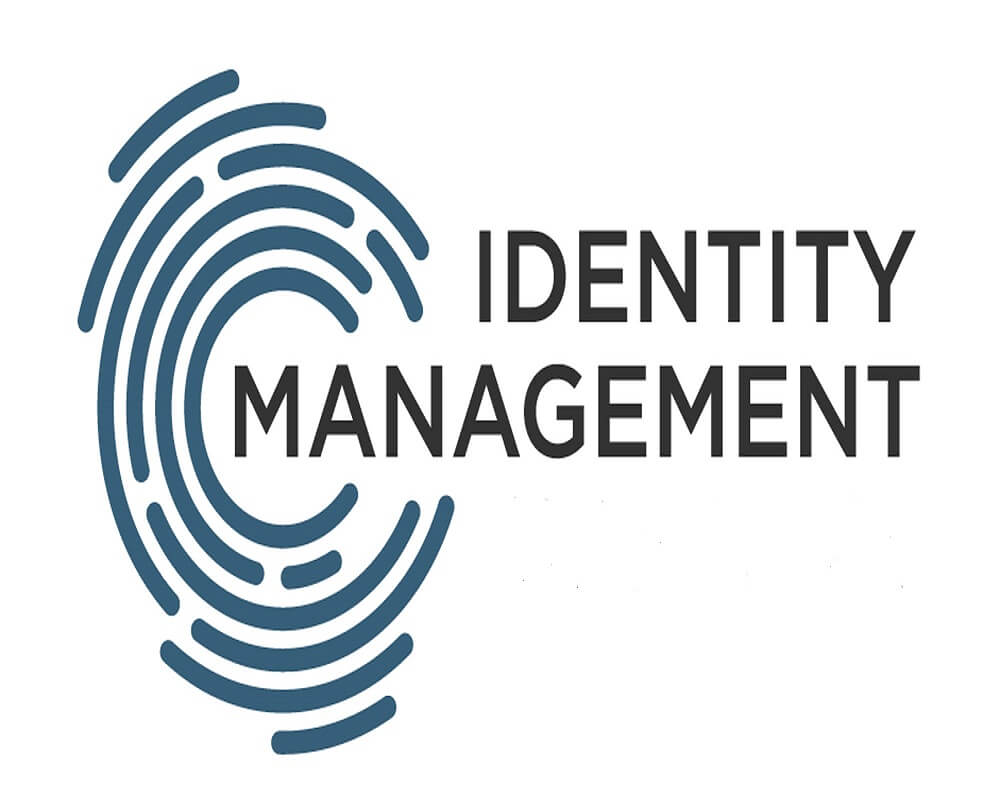Every day, we meet a number of people and handle various situations.
But have you ever noticed that we don’t act the same with every person and in every moment? This is what we call identity management in communication. It all depends on our adaptability and understanding. With time, our communication style changes as we grow up. Additionally, various time periods also have an impact on our interpersonal skills.
If you are unaware of what it is, we are here to guide you about this terminology in this article. So, keep reading if you want to know everything related to identity management.
What Do You Mean By Identity Management?
It relates to how an individual perceives their face differently at various times and spaces. It is strongly based on the self-image of a person while communicating with the other person. Our self-image is not permanent and can be changed according to social influence.
Thus, it is about managing our self-perception so we can expect a certain identity in the future. For instance, in college, you might have interacted with your service providers for CIPD assignments help in a bit of a nervous state.
But as time passes and you have matured, you will now communicate with them in a wiser and more confident way. So, it all depends on how an individual evolves and thinks of themselves according to social context.
How Do People Establish Identities?
Every individual establishes their identity due to the process called face work.
This term refers to the face of an individual in the social world and how that face is composed, reinforced, declined, and maintained during communication and interaction. The fact is everyone has an ideal self-image in their mind that they are consistently working to establish.
That character can be enforced positively and negatively to settle a relational identity, which is the personality you share with the other person. To sum it up, the development of people’s identities is directly impacted by their relationships. On the other hand, their relational face is influenced by their desired individual identity. Till now, you will surely understand how identities are formed. Now, it’s time to explore how culture impacts our faces.
Cultural Influence On Identity Management
While talking about identity management, you can’t ignore the role of culture in influencing relational and individual identities
This element plays an essential role in forming and influencing IM. Culture consists of various aspects like traditions, rituals, lifestyles, and social structures. All of these things aid in impacting the formation of personality.
The cultural face of individuals differs from one another due to personal and social attributes like gender, ethnicity, class, personality, age, and abilities. This element serves as the building block of self-identification and considering one’s place in the world and among several groups.
Additionally, Globalization has also affected cultural identities by reducing the barriers between local and global cultures. As a result, multicultural identities are formed. Issues within intercultural relationships can include identity freezing and nonsupport. Now that you have become aware of the effect of culture on identity, it is time to take a closer look at the stages of this terminology.
Relational Stages Of Identity Management
Your personality changes from time to time; you are not the same as you were in your childhood.
Just like you tried to put more effort as a child to write a compelling draft, now, with a busy schedule, you rely on various agencies to do the writing task. Thus, identity management is a continuous process. Imahori and Cupach divide this procedure into three relational stages. For your guidance, we are jotting each of them clearly below.
- Trial Stage
This stage happens at the start of an intercultural relationship when individuals are initiating to explore their cultural differences. During this stage, each person is attempting to consider what personalities they want in the relationship.
At this stage, cultural differences act as barriers to the relationship, and it is essential for individuals to avoid identity freezing and nonsupport. During the trial stage, individuals are more willing to face risks to establish a balance that is necessary for the relationship.
- Enmeshment Stage
This stage occurs when a relational identity appears with developed common cultural features. During the enmeshment stage, the individuals usually become more agreeable with their collective identity and the relationship.
- Renegotiation Stage
In this stage, individuals work through personality issues and call on their past relational history while doing so.
This stage helps in composing a strong relational identity, and individuals become experts in dealing with their cultural differences. Till this stage, their cultural differences become part of their relationships rather than an issue.
All in all, these are the main three stages that can help you in managing cultural identities. We have covered each of them in a clear way for your deeper understanding.
How does identity management impact communication?
Individuals bring their self-images to each communication they encounter; their identities influence every communication interaction. For instance, when older people interact with younger people, they both have their own differences in their experiences and language use. Thus, their personalities will affect their conversation.
What are the characteristics of identity management in communication?
Identity management is how people perceive themselves and portray themselves to others through communication. There are four aspects to the Identity Management Theory: perceived self, portrayed self, face, and face work.
What is the identity management theory of intercultural communication?
Identity management theory (IMT) showcases how people from different cultures may work out a shared relationship identity by balancing one another’s wants and needs across three phases of IM: trial, enmeshment, and renegotiation.
What is identity in communication?
Identities can be defined as symbolic compositions based on an individual’s personal roles, self-image, and how they want to be viewed by others.
Conclusion
As we are aware, effective communication is the key to the survival of any relationship, no matter where you are.
But for that, you need to manage your identities. For your guidance, we have covered everything regarding this terminology above. Now, it’s your job to maintain, control, enhance, and decline specific faces to work on a particular situation.
This is why, if you know how to manage your personality, then you can quickly deal with any tension in your interactions with other people. Understanding the importance of this term in the means of communication can also lead you to success.










